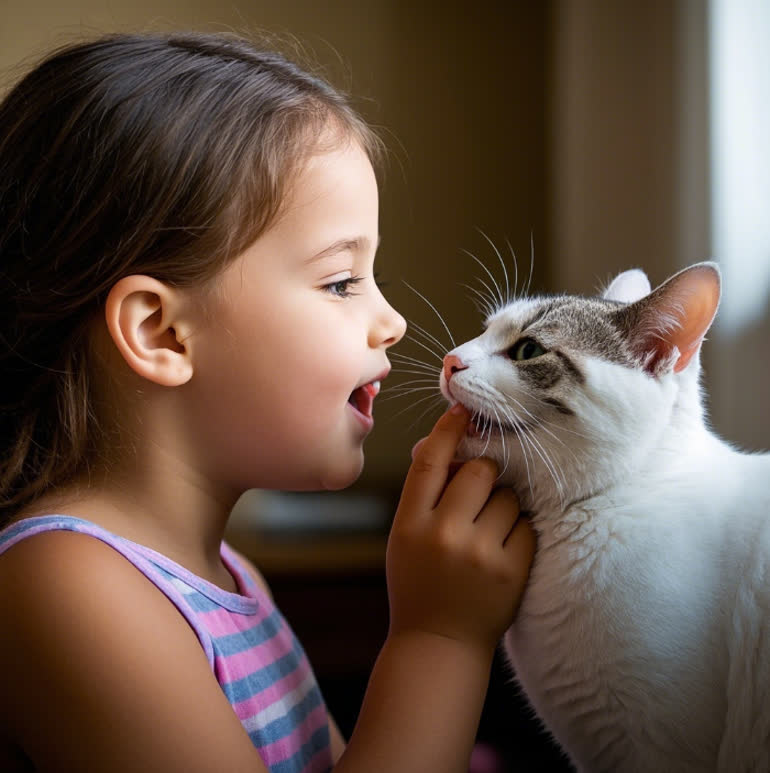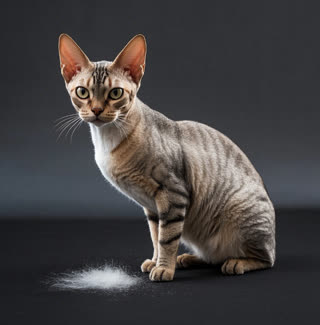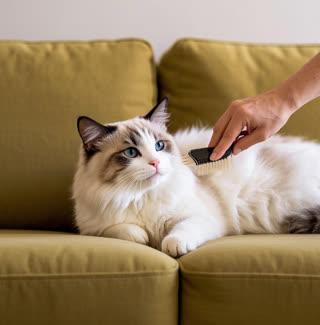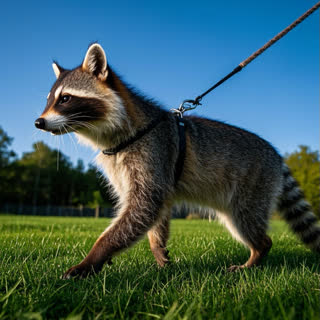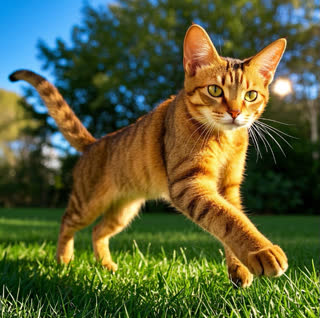If you’ve ever been mid-petting your cat only to receive a sudden nip or kneading session, you’re not alone. Why do cats bite during moments that seem affectionate? And what’s with the kneading—are they trying to “milk” your hand? These behaviors, though puzzling, are rooted in your cat’s evolutionary instincts and communication style. Let’s dive into the science behind feline behavior to decode these habits and strengthen your bond with your furry friend.
Understanding the “Why” Behind Cat Bites
Cats bite for various reasons, ranging from playful urges to discomfort. Here’s a breakdown of common triggers:
1. Playful Biting: A Throwback to Kittenhood
Kittens learn social skills through roughhousing with siblings, using their teeth and claws to mimic hunting. If your cat was not properly socialized or still views your hands as “toys,” playful bites may persist into adulthood. Look for signs like a relaxed body, purring, or tail flicking—these indicate they’re not truly aggressive.
How to respond: Redirect their energy to interactive toys like feather wands or laser pointers. Avoid using your hands during play to prevent reinforcing the behavior.
2. Overstimulation: When Petting Crosses the Line
Cats have sensory limits. What starts as a gentle stroke might escalate to a bite if they become overwhelmed. Signs of overstimulation include twitching tails, flattened ears, or sudden muscle tension. Respect these cues to avoid a nip.
Pro tip: Pay attention to your cat’s body language. If they start squirming or licking their lips, it’s time to pause the petting session.
3. Communication: A Silent Language
Cats use bites to express needs. A gentle nibble might mean, “I want attention” or “It’s time to eat.” Conversely, a defensive bite signals fear or stress—like when they’re cornered or startled. Understanding context is key: a playful bite vs. a tense, growling one.
Solution: Observe patterns. If your cat bites during specific times (e.g., mealtime), respond consistently to reinforce positive communication.
4. Health Issues: Pain as a Catalyst
Sudden aggression or biting could indicate underlying pain. Dental problems, arthritis, or injuries might make your cat hypersensitive. If the behavior is out of character, consult your veterinarian to rule out medical causes.
Warning signs: Lethargy, loss of appetite, or hiding paired with biting.
The Curious Case of Kneading: Why Cats “Bread” Your Hands
Kneading—when cats rhythmically push their paws in and out against a soft surface—is another feline mystery. Here’s what it means:
1. Comfort and Security
Kittens knead their mother’s belly to stimulate milk flow. As adults, this behavior becomes a self-soothing mechanism. If your cat kneads you while purring, it’s a sign of contentment and trust.
2. Marking Territory
Cats have scent glands in their paws. Kneading leaves pheromones behind, signaling, “This is my human.” It’s a way to bond and claim ownership—though it might feel like a massage!
3. Stress Relief
Some cats knead when anxious. If you notice excessive kneading paired with pacing or vocalization, provide a calm space and environmental enrichment to reduce stress.
Building Trust: How to Prevent Biting and Encourage Positive Behavior
While kneading is generally harmless, biting requires proactive steps:
- Socialization and Training
Start socializing kittens early to unfamiliar people, sounds, and environments.
Use positive reinforcement (treats, praise) to reward gentle behavior.
- Respect Boundaries
Let your cat initiate interaction. Forcing pets can lead to fear-based aggression.
Provide scratching posts and toys to channel natural instincts.
- Create a Safe Environment
A cozy cat bed or elevated perch gives them a retreat when overwhelmed.
Reduce loud noises or sudden movements that trigger anxiety.
- Seek Professional Help
If biting persists despite your efforts, consult a certified animal behaviorist. They can address underlying issues like resource guarding or redirected aggression.
FAQs About Cat Bites and Kneading
Q: Why does my cat bite me during cuddles?
A: Overstimulation is common. Cats may tolerate petting for a short time but become overwhelmed. Watch for body language cues.
A: Overstimulation is common. Cats may tolerate petting for a short time but become overwhelmed. Watch for body language cues.
Q: Is kneading a sign of aggression?
A: Rarely. Kneading is usually a positive behavior, though it can sometimes signal stress. Monitor your cat’s overall demeanor.
A: Rarely. Kneading is usually a positive behavior, though it can sometimes signal stress. Monitor your cat’s overall demeanor.
Q: Can I train my cat to stop biting?
A: Yes! Consistency is key. Redirect bites to toys, reward calm behavior, and avoid punishment, which can escalate fear.
A: Yes! Consistency is key. Redirect bites to toys, reward calm behavior, and avoid punishment, which can escalate fear.
Final Thoughts
Understanding why cats bite and knead your hands unlocks a deeper connection with your feline companion. By respecting their instincts, responding to their cues, and providing a stimulating environment, you’ll foster a harmonious relationship. Remember: every nip or knead is a chance to learn more about your cat’s unique personality. After all, their quirks are what make them irresistibly feline!
